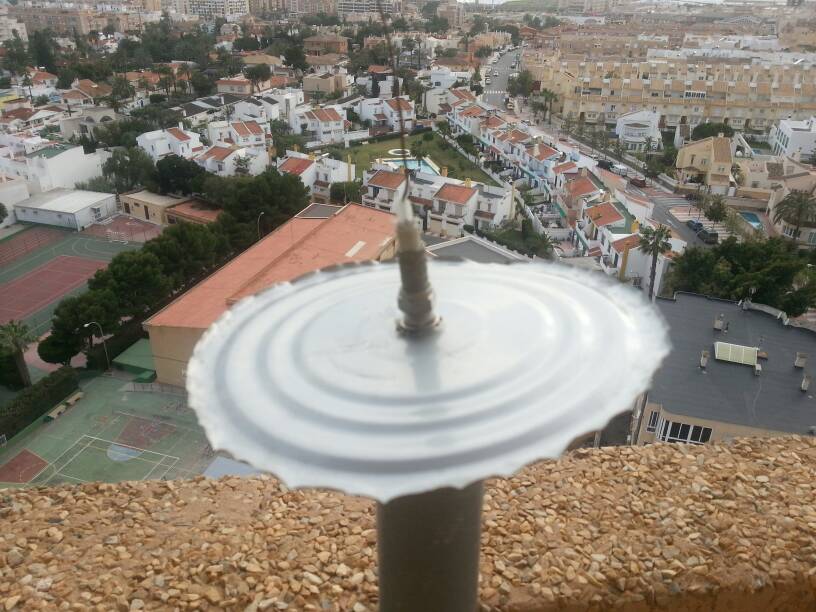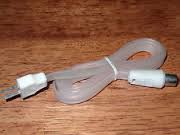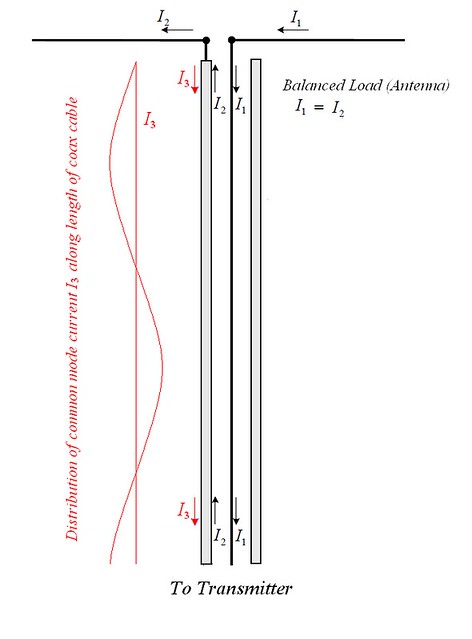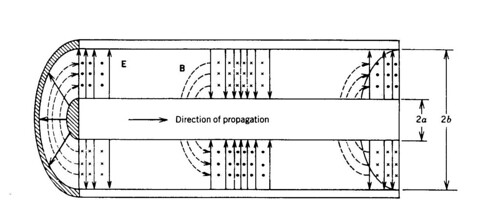my circumstances quite different, outside mounting is a must (heavy attentuation through walls and double glazing treated glass) hence the quest for good performance but with ability to
place antenna in radome of some type that failitates solid mounting - and i live quite close to sea (even my high quality stainless discone suffers!) .. so leaving any part of antenna exposed is not really an option.
after tuning antenna in open air, im planning to see what effect placing it inside PVC pipe has.
place antenna in radome of some type that failitates solid mounting - and i live quite close to sea (even my high quality stainless discone suffers!) .. so leaving any part of antenna exposed is not really an option.
after tuning antenna in open air, im planning to see what effect placing it inside PVC pipe has.

 .
.  .
.  .
.  .
.  .
.  .
. 
 .
. 


Comment